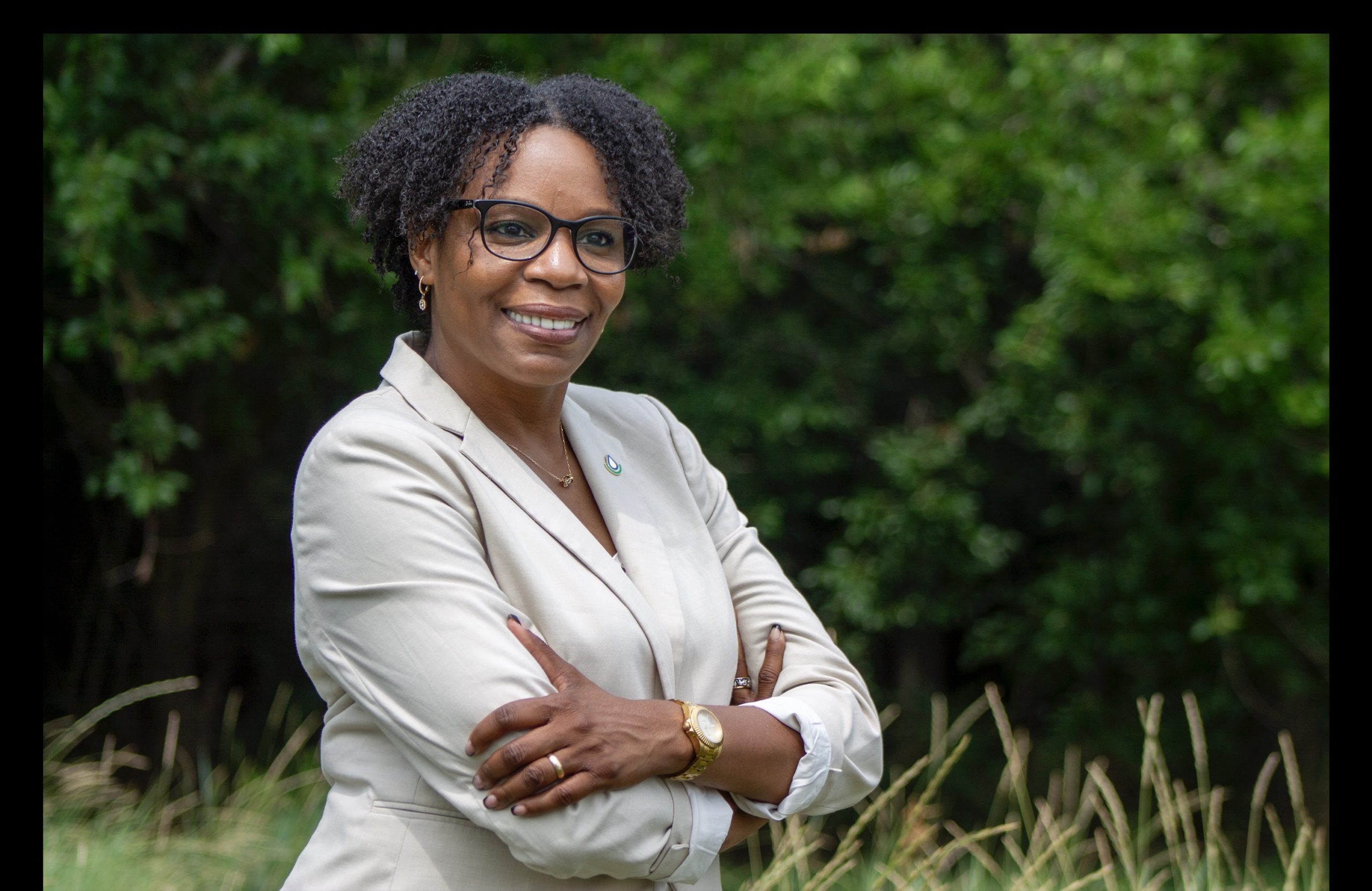Tammy Willis, the new USDA State Conservationist for Illinois, came away from the recent 75th annual conference of the Association of Illinois Soil and Water Conservation Districts with a strong sense of optimism.
“As we look ahead, I’m excited for the potential of our organizations working together,” she said. “We have a unique opportunity to share resources, knowledge, and expertise that will help us all achieve greater success in conserving our soils, water, air, plants, and animals. Through collaboration, we can seek out new solutions and innovative approaches that will enable us to do more than we ever could have as individuals.”
Willis brings nearly three decades of conservation experience to her new role leading the Natural Resources Conservation Service (NRCS) in her home state.
NRCS, a USDA agency, has 2,700 service centers nationwide, including 99 in Illinois. It provides technical assistance for producers, soil and water conservation districts, and other partners to protect and conserve natural resources on private lands.
“It’s a great time to be a conservationist,” Willis’s predecessor Ivan Dozier told conference attendees in Springfield. “More people are talking about agriculture than ever before, and it’s not just pointing fingers. In my 40-year career, I’ve never seen so much interest in agriculture.”
Willis wants to transform that interest into greater adoption of conservation practices on farmland throughout Illinois.
Willis returns to her native Illinois after working for NRCS in Arkansas, Ohio, South Carolina, and New York, where her many years of service concluded with a stint focusing on partnerships. Those skills will help her guide Illinois partners into a new agroecological era with a historic infusion of federal dollars to help farmers adopt climate-smart agriculture practices.
“We need to amplify our voice,” she said recently. “We need to bring more partners, more people, into the fold. … NRCS cannot do all the work itself. We need to bridge the gaps” and work with urban and rural partners; the public, private, and non-profit sectors; experienced farmers, and the next generation of young, beginning, and small farmers.
“I look forward to developing relationships in Illinois,” she said.
Willis’s path around the country and back to Illinois with NRCS began with some unlikely steps. Growing up on Chicago’s West Side, she didn’t set out to study agronomy. But an intuition to check out the student farm at the University of Arkansas led to volunteer work that rekindled a spark her father lit many years earlier.
“My dad is a fisher, and he had us collect worms after rains for his fishing,” she said, noting that her father especially preferred night crawlers. “That was the beginning. It made us aware of the soil” – and the treasures the soil can give us.
“To work on that farm was the best thing for me,” Willis said. “It drew me in. That’s when I started taking more (agriculture) classes.”
Through her NRCS career, she has interacted with farmers, growing a wide range of products in a diversity of landscapes that included mountains, deltas, foothills, prairies, and plains.
“I’d get in conversations with the landowners, and with every landowner, everywhere – their goal was to protect the land and the natural resources,” Willis said. “That was the rewarding part of going from state to state.”
But with today’s more powerful and less-predictable storms and droughts and the challenges of nutrient runoff and erosion, farmers, researchers, and educators in recent years are looking at things differently. They seek new (and rediscover traditional) practices and guiding principles that farmers can adapt to different terrains, soil types, and conditions on their land across Illinois.
And the billions of dollars in federal investments going to agriculture through the 2022 Inflation Reduction Act are directed at climate-smart and agroecological practices that encourage partnerships to ensure farms are economically and ecologically sustainable.
“We have to lead with solutions and adapting to change,” Willis said, citing the need for resilient practices and healthy production. NRCS, she said, will be there with “conservation technical assistance, not just the unprecedented funding.
“USDA recognizes we’re making a shift in our paradigm. We’re increasing our customer base – getting into urban conservation. Rural and urban areas are different, but from my standpoint, they have the same resource concerns” – water quality and soil erosion. “NRCS is size-neutral. We’re opening up an urban office in the Chicago area.
Willis also said it helps to have collaborators. The Saving Tomorrow’s Agricultural Resources (STAR) program, Illinois Sustainable Ag Partnership, the Illinois Healthy Soil Initiative, Illinois Stewardship Alliance, Illinois EPA, Illinois Department of Agriculture, Illinois Department of Natural Resources, and Association of Illinois Soil and Water Conservation Districts. In addition, NRCS is partnering with the Illinois Department of Agriculture to expand the overall capacity of conservation planning across the state and celebrate how Agroecology + Innovation Matters (AIM). A team of 40 conservation planners has begun supplementing the work of putting conservation on the field around the state.
“It is invaluable to have partners on the ground so programs reach existing and potential new customers,” she said. Those planners “will be on the ground so NRCS can work with landowners. They can reach so many different landowners and customers to spread the good news about conservation.” She said the technical assistance they provide is consistent with NRCS goals.
“NRCS is important to the general public – to the world,” Willis said, “with experts who come out to the fields to help landowners who help the next generation.”
Story by Brian Williams — a freelance writer, consultant, and “Dot Connector” who contributes to AIM Illinois through his association with HNA Networks.
Get stories like this in your mailbox by subscribing to the AIM newsletter.

